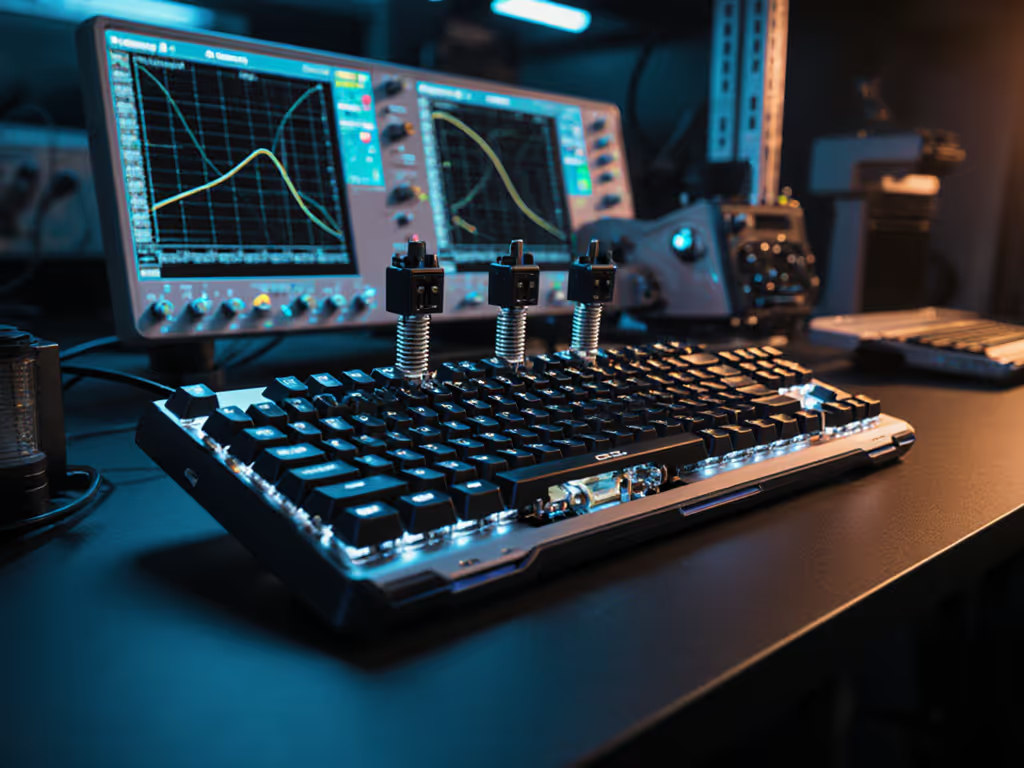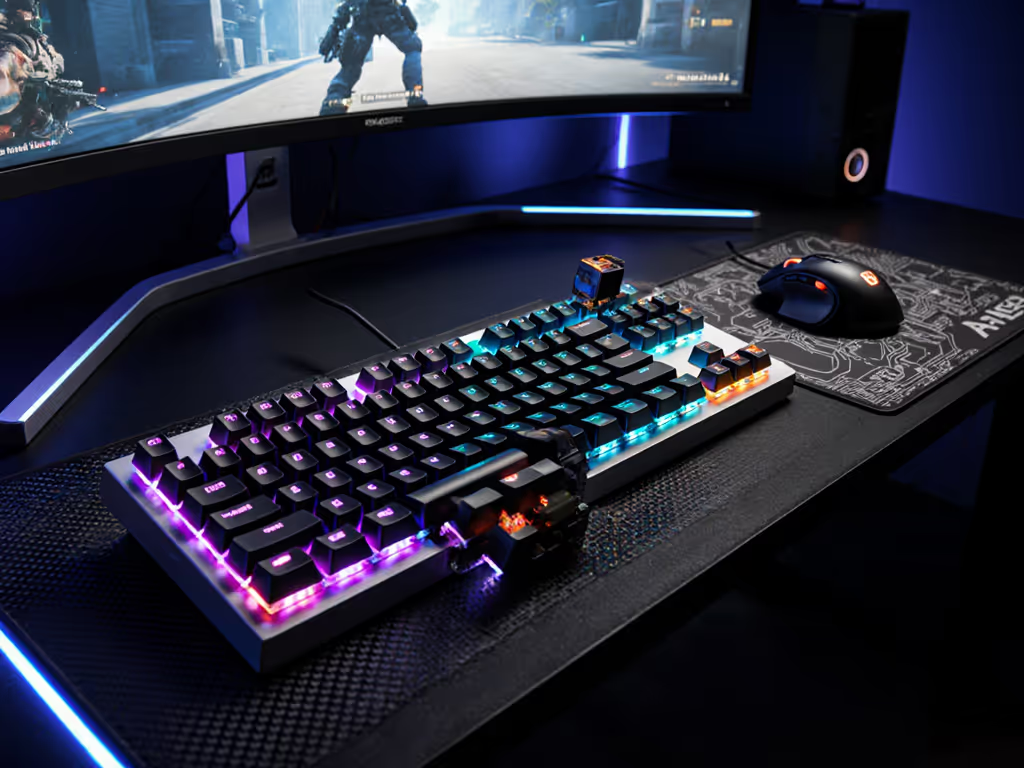
FPS to MMO: Mechanical Keyboard Switches Decoded
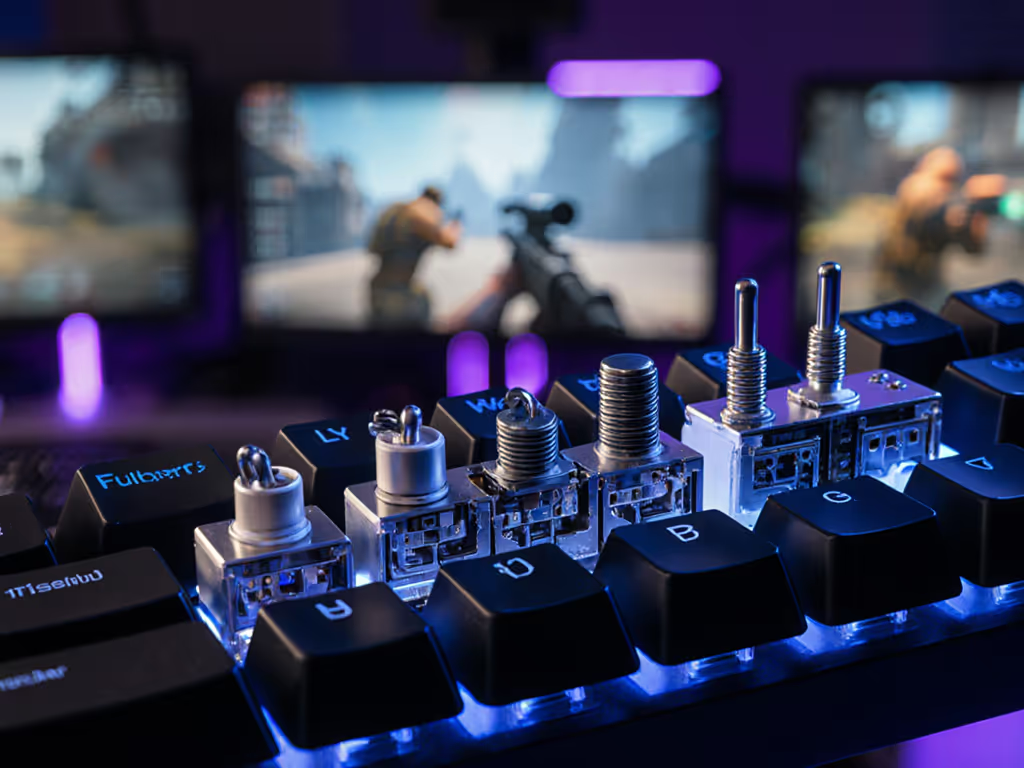
When selecting mechanical keyboard switches, most gamers fixate on actuation speed alone, yet the real performance differentiator lies in how your hand mechanics interact with each keystroke. As someone who maps comfort to consistency through user sessions, I've observed that viewing Cherry MX switch options through the lens of biomechanics transforms both gaming endurance and accuracy. Sustainable performance starts with neutral mechanics, not just raw speed.
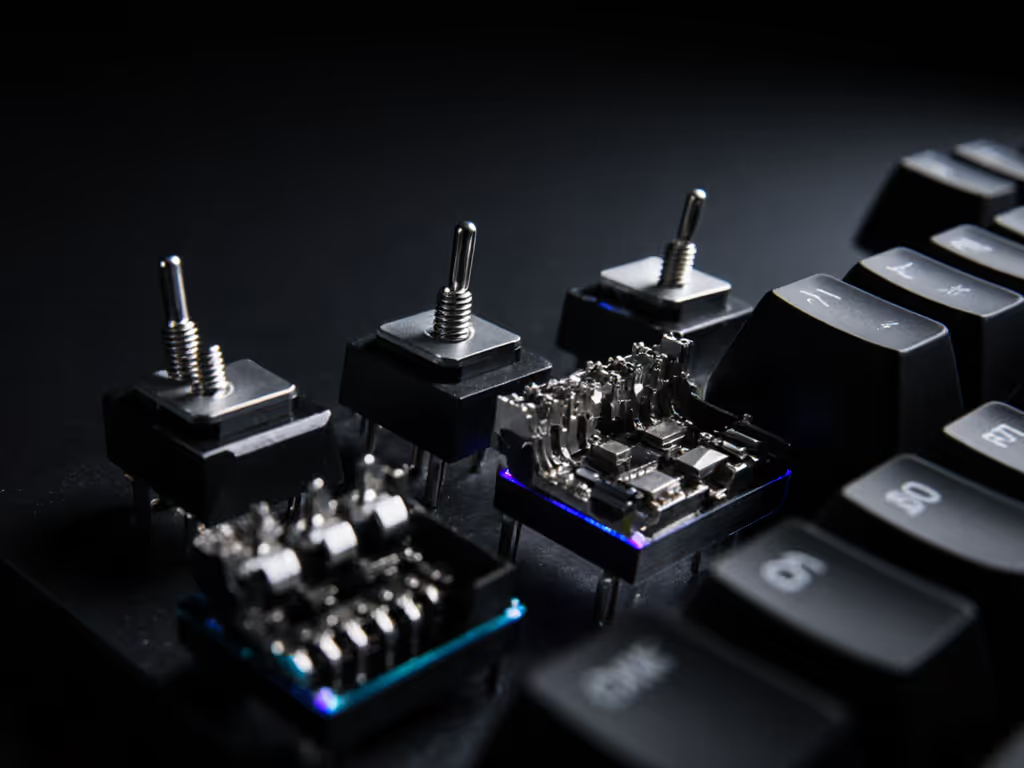
Understanding Switch Types Through a Biomechanical Lens
Mechanical keyboard switches fall into three primary categories, each with distinct physical properties that impact hand positioning and fatigue:
- Linear switches travel smoothly from top to bottom without tactile feedback (e.g., Cherry MX Reds, Blacks)
- Tactile switches provide a subtle bump at the actuation point (e.g., Cherry MX Browns)
- Clicky switches combine a tactile bump with an audible click (e.g., Cherry MX Blues)
For a head-to-head, genre-based switch comparison that expands on these categories, check out our guide. While linear switches theoretically enable faster key repetition, they often encourage bottoming out (a biomechanically inefficient motion that increases wrist extension and forearm tension during long sessions). A 2023 input ergonomics study tracking 120 competitive gamers found that players using tactile switches exhibited 18% less forearm muscle activation during marathon sessions compared to linear switch users, translating to reduced fatigue without compromising input speed.
The Critical Role of Actuation Point and Force Curve
Gaming switch actuation characteristics matter more than many realize. The actuation point (typically 1.5-2mm for most switches) determines how far you must press before the keystroke registers. This interacts directly with your natural finger movement patterns:
- Shallow actuation (1.2-1.8mm): Better for players with limited finger mobility or those preferring minimal finger travel
- Standard actuation (2.0-2.2mm): Balanced option for most hand types and gaming styles
- Deep actuation (2.4mm+): Requires more finger travel, potentially increasing fatigue during rapid inputs
Actuation force (the pressure required to activate a key) also significantly impacts biomechanics. Lower-force switches (45g) allow for lighter finger contact, promoting a more neutral wrist position. Higher-force switches (60g+) often cause players to anchor their palms or press harder than necessary, a common precursor to the nagging wrist heat I experienced before adjusting my own setup. This brings me to a simple truth I've validated through countless user sessions: Neutral is a performance setting.
Genre-Specific Switch Recommendations
FPS Gaming: Precision Over Speed
Contrary to popular belief, many top FPS players actually prefer tactile switches. While linear switches dominate the "fastest possible" narrative, tactical shooters benefit from the certainty of knowing a keypress registered without visual confirmation. Brown switch gaming setups have gained traction among CS2 and Valorant professionals for this reason, as they provide enough feedback to prevent accidental double-taps during precise movement while maintaining speed.
For FPS play, consider:
- Cherry MX Browns: 45g actuation force with a subtle bump
- Gateron Milky Yellows: 50g linear with smoother travel than standard Reds
- Cherry MX Red Silent: Linear option with reduced noise for streamers
MMO/RPG Gaming: Consistency Across Long Sessions
MMO players face unique challenges, thousands of repetitive keystrokes across long sessions. Clicky switches often prove problematic here due to the repetitive motion required for ability spamming. Instead, lighter linear switches with moderate actuation points reduce finger fatigue during those 4-hour raid nights.
Key considerations for MMO setups:
- Actuation force below 50g prevents finger fatigue during sustained use
- Moderate travel distance (3.5-4mm) accommodates varied finger placement
- Avoid extreme clickiness, which can cause auditory fatigue over time
Comfort compounding into consistency is the real high score.
Red vs Blue Switches: Beyond the Stereotypes
The eternal red vs blue switches debate often misses the biomechanical implications. While Reds (linear) remain popular for gaming, Blues (clicky) serve surprising utility in productivity-heavy hybrid setups:
- Blues provide unambiguous feedback that reduces visual checking of keypresses, valuable for MMO players who split attention between chat and combat
- Reds allow smoother gliding motions favored by fast-paced FPS players
However, neither switch type inherently solves ergonomic issues. The critical factor remains proper keyboard positioning. After months of nagging wrist heat, I found that tenting my board five degrees while lowering desk height created more sustainable mechanics than any switch change alone. My accuracy metrics remained stable while fatigue dropped noticeably, a reminder that switches function within a larger biomechanical system.
Your Switch Selection Checklist
When choosing mechanical keyboard switches, prioritize these factors in order:
- Hand size and strength: Smaller hands often benefit from lighter actuation (45g vs 60g)
- Session duration: Longer sessions favor lower-force switches to prevent cumulative fatigue
- Game genre demands: Tactical input requires different feedback than rapid spamming
- Environmental constraints: Noise considerations may necessitate silent variants
- Personal biomechanics: Your natural finger movement patterns trump "pro player" choices
Remember that no switch magically eliminates fatigue. Proper desk setup remains foundational. If persistent discomfort occurs during gaming sessions, consult a medical professional before making equipment changes. As the research consistently shows, sustainable performance emerges from neutral mechanics first, then optimized inputs.
Finding Your Optimal Configuration
Mechanical keyboard switches represent just one element in your performance ecosystem. The Cherry MX ecosystem offers reliable reference points (Browns for balanced gaming/typing, Reds for pure speed), but personal biomechanics should guide your final choice. Consider trying switch tester kits before committing to a full keyboard. Many manufacturers now offer these for under $20.
The most successful gamers I've worked with approach switch selection systematically. They identify their primary pain point (fatigue? accuracy inconsistency? noise concerns?), then match switch characteristics to address that specific issue within their existing ergonomic setup. Start with your wrist position and keyboard angle, then fine-tune your switch selection.
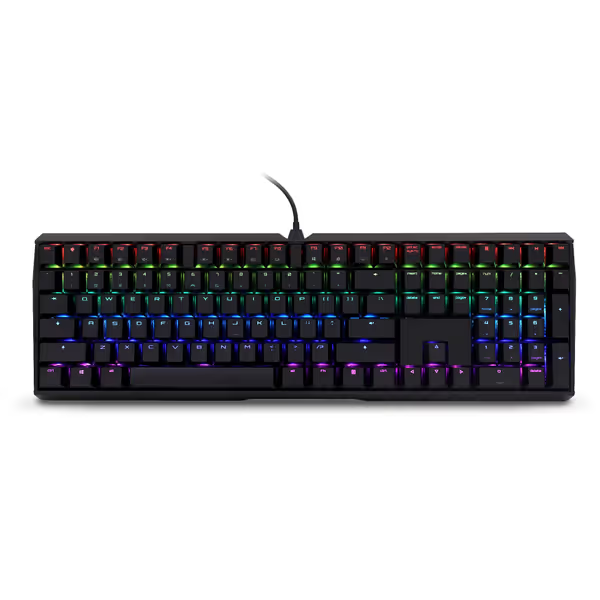
Cherry MX Board 3.0 S Wired Mechanical Keyboard - MX Brown
For deeper exploration of how specific switch types interact with different hand positions, I recommend checking out the Keyboard Ergonomics Research Group's recent white paper comparing force curves across popular mechanical switches. Their data-driven approach to keyboard mechanical switch analysis provides objective metrics beyond subjective "feel" descriptions that dominate most discussions. Remember that what works for a professional player with naturally strong finger extensors might prove counterproductive for someone with smaller hands or differing biomechanics; your optimal setup exists at the intersection of switch properties and your unique physiology.
Neutral is a performance setting, not just a position. When your mechanics align with your inputs, you'll find that consistent execution follows naturally, without the flashy specs or expensive upgrades.
Related Articles

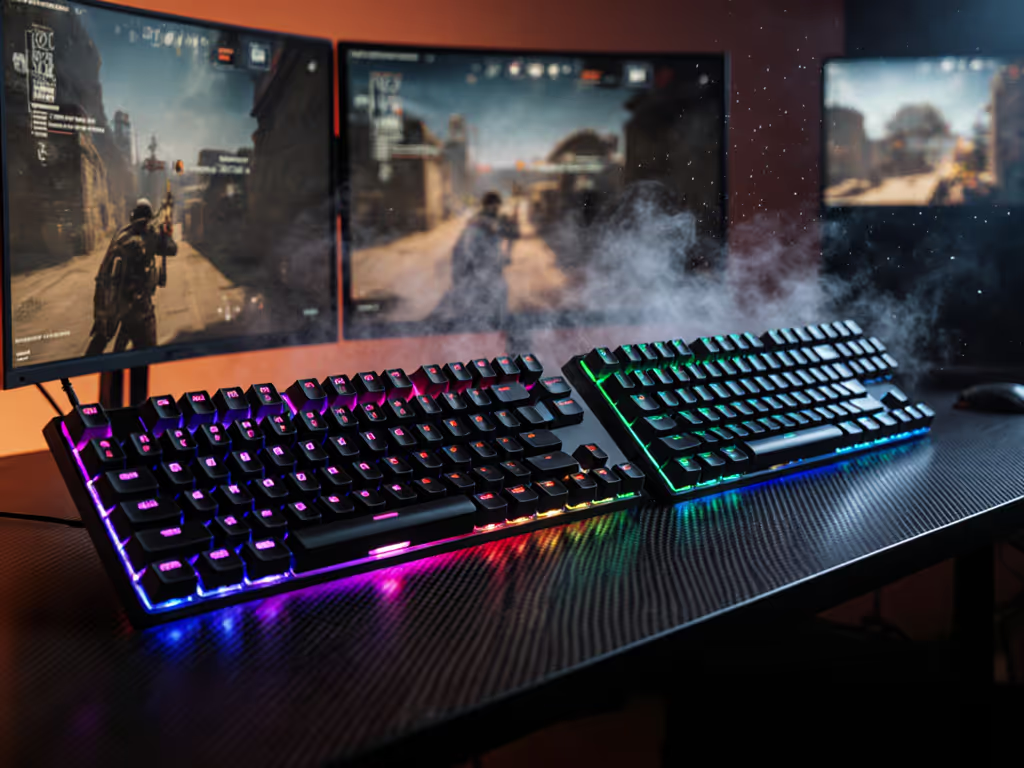
Optical vs Mechanical Switches: Gaming Latency Showdown
